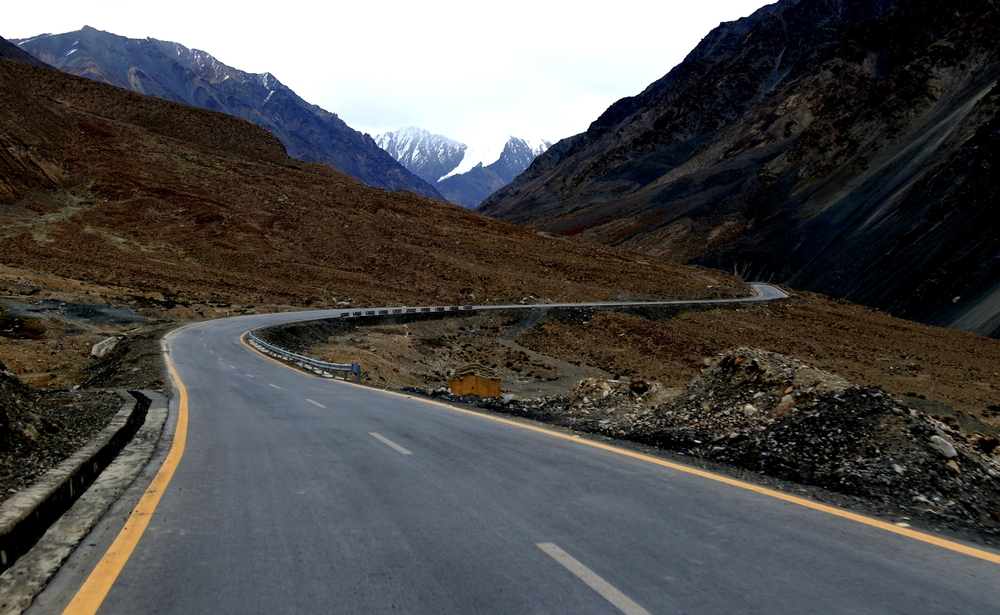Published
- 4 min read
The China-Pakistan Economic Corridor: A Strategic Misstep for Islamabad?

A Costly Gamble? The Reality of CPEC’s Economic Viability
The China-Pakistan Economic Corridor (CPEC), often touted as a game-changer for Pakistan’s economic future, has increasingly raised concerns over its long-term sustainability and strategic implications. While infrastructure development is essential for economic growth, the conditions of Chinese loans, coupled with Pakistan’s fragile economic position, suggest that CPEC might be more of a liability than an asset.
The Debt Trap: A Looming Crisis
A primary concern surrounding CPEC is its financing model. Pakistan, already struggling with economic instability, has borrowed heavily from China to fund the massive infrastructure projects. With the International Monetary Fund (IMF) estimating that around 30% of Pakistan’s $100 billion external debt is owed to China, the nation’s ability to manage its repayment obligations remains in question.
China’s loans under CPEC come with relatively high-interest rates, averaging 3.7%, a burden that many argue is unsustainable given Pakistan’s recurring balance-of-payments crises. This raises concerns about whether Pakistan will fall into a classic “debt-trap diplomacy” scenario, where failure to meet repayment schedules could result in strategic assets being handed over to Beijing, as seen in Sri Lanka’s Hambantota Port.
Sovereignty at Stake? China’s Expanding Influence
Beyond economic concerns, CPEC significantly enhances China’s geopolitical leverage over Pakistan. As Pakistan becomes increasingly dependent on Beijing’s financial support, the ability to make sovereign decisions free from Chinese interests may be compromised.
Gwadar Port, a key component of CPEC, remains under de facto Chinese control, with local Pakistani businesses and communities seeing little to no benefit. The lack of economic spillover into the local economy fuels resentment, particularly among the Baloch population, who view the project as another instance of exploitation rather than development.
Security Threats and Regional Destabilization
CPEC projects have faced persistent security challenges, particularly in Balochistan, where separatist groups such as the Baloch Liberation Army (BLA) have actively targeted Chinese workers and infrastructure. The rising attacks highlight deep-seated local grievances over resource exploitation and lack of economic inclusion.
Despite Islamabad’s efforts to secure Chinese investments, Beijing remains skeptical of Pakistan’s ability to provide long-term stability. The repeated calls from Chinese leadership to enhance security measures reveal Beijing’s growing impatience with the risks associated with CPEC, raising concerns about the project’s sustainability.
India’s Resistance and Geopolitical Repercussions
India remains staunchly opposed to CPEC, particularly due to its passage through Pakistan-administered Kashmir, a region New Delhi claims as its own. This has escalated tensions between India and China, further complicating regional stability in South Asia.
As a countermeasure, India has been actively strengthening alternative trade corridors, including the Chabahar Port in Iran and the International North-South Transport Corridor (INSTC), which aim to bypass Pakistan altogether. By alienating India—a key regional player—Pakistan risks losing out on potential trade and economic partnerships beyond its reliance on China.
The Myth of Economic Transformation
Proponents of CPEC argue that the corridor will transform Pakistan into a regional trade hub. However, economic indicators suggest otherwise. Gwadar Port remains largely inactive, with little commercial shipping traffic, while the New Gwadar International Airport remains unopened due to security risks. The anticipated industrial and energy boom has also failed to materialize as foreign investors remain cautious.
Moreover, while CPEC’s energy projects have alleviated some of Pakistan’s power shortages, they have also increased dependence on costly coal power plants, exacerbating environmental concerns and long-term economic viability issues.
Conclusion: A Strategic Rethink is Necessary
Rather than an economic savior, CPEC increasingly appears to be a strategic miscalculation for Pakistan. While infrastructure development is crucial, the overreliance on Chinese debt, increasing security threats, and geopolitical fallout with neighboring India suggest that Islamabad may need to reevaluate its engagement with Beijing.
Instead of solely banking on Chinese investment, Pakistan must pursue diversified economic partnerships with regional and global players to ensure sustainable development. The long-term success of CPEC, if achievable, will depend on Islamabad’s ability to renegotiate loan terms, enhance local economic benefits, and address security concerns—before it becomes a liability too heavy to bear.
